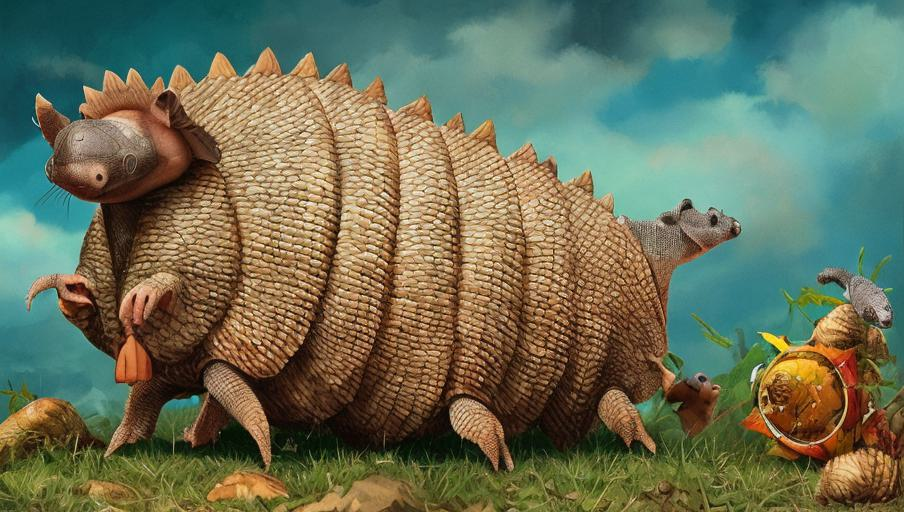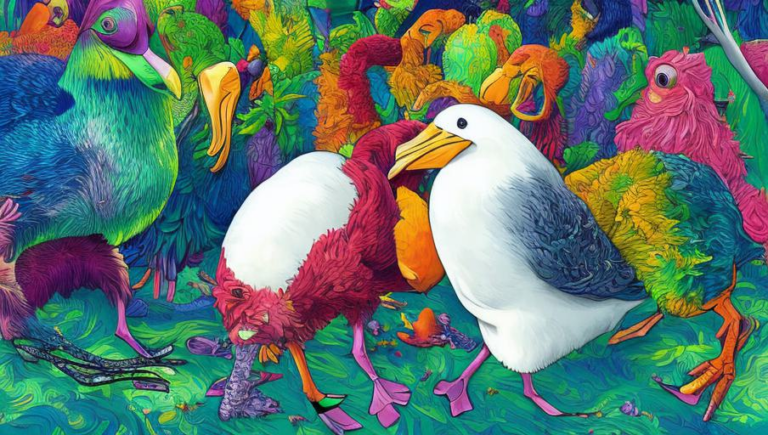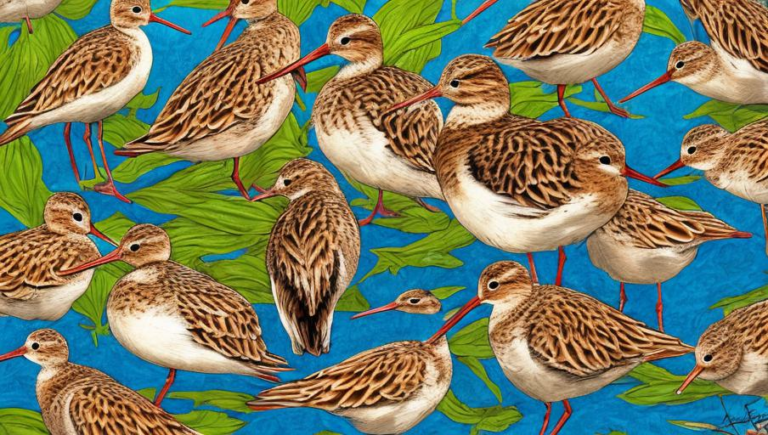Caring for Armadillos in Captivity

Introduction
The armadillo is an incredibly unique and fascinating creature. These small, armored mammals are native to South America, but have spread throughout the world due to their popularity as pets and in zoos. While armadillos can make wonderful and entertaining pets, it is important for potential owners to understand the specific needs of the species in order to care for them properly. In this article, we will discuss how to best care for armadillos in captivity.
Habitat and Diet
Armadillos are small, burrowing animals, and their habitats should include plenty of hiding places, such as tunnels or tunnels lined with cloth or other material. In the wild, armadillos eat a variety of insects, worms, and small vertebrates. In captivity, they should be provided with a diet that includes live insects, commercial insectivore diets, and small amounts of fruits and vegetables. As with all animals, fresh water should be available at all times.
Enclosure
Armadillos need a large enclosure with plenty of space to move around and explore. The enclosure should contain plenty of hiding places, such as tunnels and other burrowing materials. The substrate should be deep enough for the armadillo to burrow and comfortable enough for the animal to dig into. The temperature of the enclosure should be kept between 75 and 85 degrees Fahrenheit, and the humidity should be kept between 45 and 55%.
Socialization and Handling
Armadillos are not social animals and should not be handled or interacted with too much. However, they do need to be handled for medical care and vet visits. When handling armadillos, it is important to be gentle and supportive, as they can become very stressed out by too much handling. If the armadillo seems stressed or scared, it is best to put it back in its enclosure and give it some time to calm down.
Health Care
Armadillos should be taken to the vet for regular check-ups and vaccinations. It is important to keep the armadillo’s nails trimmed regularly and to keep the enclosure clean to prevent the spread of parasites and other illnesses. Armadillos can also suffer from metabolic bone disease, so it is important to provide a diet that is rich in calcium and other nutrients.
Conclusion
Caring for armadillos in captivity requires a lot of dedication and knowledge. It is important to understand the needs of the species and to provide the necessary environment and diet for them to thrive. With proper care, armadillos can make wonderful and entertaining pets.





